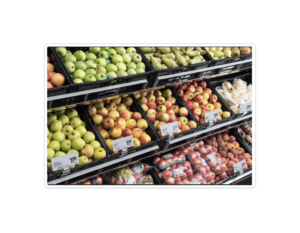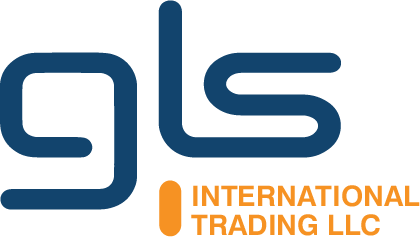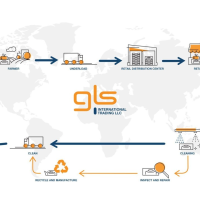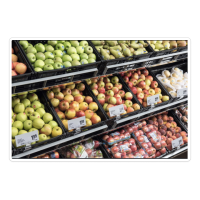Enhancing Retail Supply Chains with Returnable Plastic Crates: A Deep Dive

Enhancing Retail Supply Chains with Returnable Plastic Crates: A Deep Dive

- Sustainability at the Forefront: For retailers, sustainability isn’t just a buzzword; it’s a business imperative. Returnable plastic crates epitomize this ethos, dramatically reducing the carbon footprint by eliminating the need for single-use packaging solutions. Their repeated use cuts down on the energy and resources spent in manufacturing, distributing, and disposing of packaging materials.
- Operational Efficiency Unlocked: The robustness of plastic crates allows for better stacking and protection of goods, which translates to quicker transportation and fewer damaged goods. This reliability streamlines logistics from the distribution center to the storefront, improving the overall speed of the supply chain and reducing costly inefficiencies.
- Strategic Waste Reduction: With sturdier containment, products are better protected, leading to a significant reduction in spoilage and damage. This directly impacts the bottom line by maximizing the saleability of stock, and reducing the write-offs that eat into profits.
- Standardization and The Path to Automation: As retailers increasingly turn to automation to cut costs and improve precision, standardized plastic crates are becoming indispensable. They easily integrate into automated systems, from conveyor belts to robotic sorting, minimizing human error and speeding up warehouse operations.
- Pooling Assets = Economies of Scale: By participating in GLS’s shared pooling model, retailers can access a supply of plastic crates without bearing the full cost of ownership. Pooling allows for the costs of crate production, maintenance, and logistics to be spread across multiple users, significantly lowering the expense per use when compared to purchasing or disposing of single-use cardboard boxes. This shared model not only makes financial sense but also aligns with sustainability goals, as it promotes a reduce-reuse-recycle mindset within the supply chain.
- Enhanced Inventory Control: Modern plastic crates can incorporate smart technologies like RFID tags, facilitating real-time tracking of goods. This capability provides retailers with precise inventory data, enabling better forecasting, space utilization, and dynamic response to supply chain demands.
In adopting returnable plastic crates, retailers don’t just adopt a product; they embrace a philosophy that champions efficiency, sustainability, and smart economics.
GLS International has 20 years of experience in the returnable packaging industry and was the first to implement a formal returnable plastic crate pooling solution in the United Arab Emirates (UAE). Retailers and suppliers can easily tap into the advantages of returnable crates with a straightforward sign-up and swift training on the GLS asset management platform, Gtrack. This pay-per-use model ensures you’re only charged for the crates when necessary, sparing stakeholders the expense of owning assets that lie dormant outside of the 4-month production season. This approach not only streamlines operations but also aligns with smart financial planning.
Recent Posts
Sustainable Solutions: The Role of Stakeholder Investment in Plastic Crates for the UAE
In the UAE, the journey from oil byproduct to sustainable packaging encapsulates the circular economy. Polymers, derived from oil processing,
Enhancing Retail Supply Chains with Returnable Plastic Crates: A Deep Dive
In adopting returnable plastic crates, retailers don’t just adopt a product; they embrace a philosophy that champions efficiency, sustainability, and

Sustainable Solutions: The Role of Stakeholder Investment in Plastic Crates for the UAE
In the UAE, the journey from oil byproduct to sustainable packaging encapsulates the circular economy. Polymers, derived from oil processing,

Enhancing Retail Supply Chains with Returnable Plastic Crates: A Deep Dive
In adopting returnable plastic crates, retailers don’t just adopt a product; they embrace a philosophy that champions efficiency, sustainability, and






